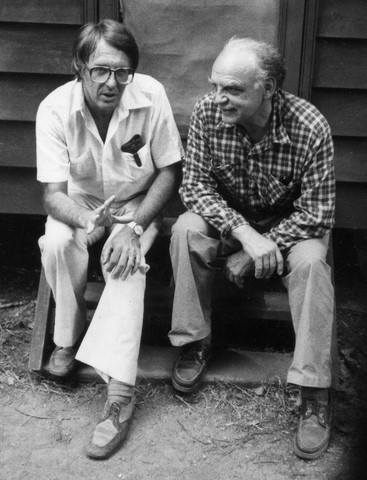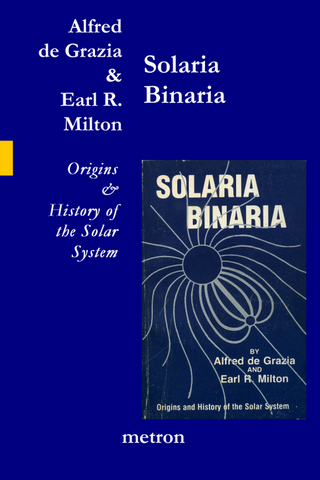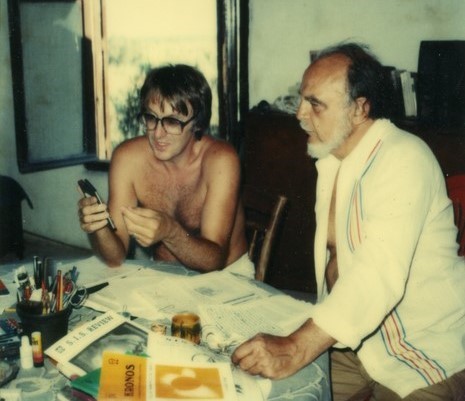Solaria Binaria, by Alfred de Grazia & Earl R. Milton (new edition)


Chapter VIII.: The Earth's Physical and Magnetic History
Earl R. Milton

Earl R. Milton was born February 26, 1935 in Montreal, Canada. His academic degrees include the B.S., M.S. (in Chemistry), and Ph.D (in Chemical Physics), all from University of Alberta; he received a National Research Council Post-Doctoral Fellowship to study spectroscopy and was awarded the Chant Medal of the Royal Astronomical Society of Canada (silver) in 1960. He taught at the University of Saskatchewan in Regina, at Lethbridge Junior College, and, from 1967 to 1990, at the University of Lethbridge, where his fields were Physics, Astronomy, and Interdisciplinary Studies. He was a member of the Royal Astronomical Society of Canada and the President of its Edmonton Center for 1958-59. He gave interviews on C.N.C. and appeared on many news broadcasts and talk-shows. He was a founding member of the Society for Interdisciplinary Studies in London, England, and of the Canadian Society for Interdisciplinary Studies. He published in the Journal of Physical Chemistry, the Journal of Chemical Physics, the Journal of the Royal Astronomical Society of Great-Britain; in Kronos: A Journal of Interdisciplinary Synthesis, and in SISR, the Society for Interdisciplinary Studies Review. He is the author of Recollections of a Fallen Sky (1974). He died November 6, 1999, in Calgary, Canada.
* Picture: Earl and Alfred working on Solaria Binaria in Alfred's study on the island of Naxos, Greece, in the Spring of 1980, when the bulk of the writing was done.
Earl Milton and Alfred de Grazia met and worked together on Solaria Binaria in various places over five years, from 1978 to 1983. Starting in Washington DC in February, then in Princeton in Fall 1978, then for a two months stretch in May-June1980 on the island of Naxos, in Greece, in the company of Earl’s wife Joan and little son Davin, then 3 years old, where the bulk of the writing was done. There were more meetings in Princeton, and a longer stay of Al and Earl in a beach house facing the Ocean, belonging to Al’s brother Ed, in Rehoboth, Delaware, in November 1982, to get the book ready for publication. I was present on all these occasions. Our work in Rehoboth was interrupted by very loud hammering. Workmen had come to board up the beach houses for the winter... We had to make our presence known in extremis... Malcolm Lowery in London provided his editorial counsel and Rosemary Burnard, also in London, prepared the book for printing. Ami de Grazia

